
another MeG tournament, dates changed can't go, just building an army now
Some research, AI to the rescue, 14th Century German Knights
14th-century German knights were part of the broader European chivalric tradition and played key roles in the social, military, and political fabric of the Holy Roman Empire. The 14th century was a time of significant development in both knighthood and warfare, with the knightly class facing new challenges and transformations.
Characteristics of 14th-Century German Knights:
- Social Class: Knights were part of the noble class, with duties to their lords and the emperor. They often came from families that owned land and held significant local power. Their role was tied to the feudal system, and they acted as both military leaders and local governors.
- Armor and Weapons:
- Armor: By the 14th century, full plate armor was beginning to develop, though it wasn’t fully realized until the 15th century. Knights in this period typically wore chainmail (hauberk), reinforced with plate armor on vulnerable areas like the chest (cuirass), limbs, and helmet. Helmets varied, including the great helm or bascinet with a visor.
- Weapons: German knights wielded a variety of weapons such as swords (longswords and arming swords), lances (for cavalry charges), maces, axes, and polearms like the halberd, which became more popular towards the end of the century. The longsword was a symbol of knighthood and chivalric combat.
- Knighthood and Chivalry: German knights followed the chivalric code, which emphasized honor, loyalty, and martial prowess. They were expected to protect the weak, fight for their faith (often Christianity), and maintain loyalty to their lords. Tournaments and jousts were popular, showcasing their skills and prowess in controlled, competitive environments.
- Military Campaigns:
- German knights were often involved in local conflicts, imperial campaigns, and the defense of territories within the fragmented Holy Roman Empire.
- Some knights, particularly those from the Teutonic Order, were involved in crusades in Eastern Europe, notably in the Baltic region, where they fought pagan tribes and expanded Christian rule.
- They also fought in the Hundred Years’ War and other pan-European conflicts, sometimes as mercenaries or in service of foreign lords.
- The Teutonic Order: A notable group of German knights in the 14th century was the Teutonic Knights, a military order that played a significant role in the Christianization and colonization of the Baltic states. They established a powerful state in what is now parts of Poland, Lithuania, and Russia, with their capital at Marienburg (Malbork).
- Feudal Loyalties and Politics: German knights were often caught between loyalties to the Holy Roman Emperor and various local princes, bishops, or noble families. The political fragmentation of the Holy Roman Empire meant knights frequently served as local enforcers, advisors, or military leaders for competing factions.
- Heraldry: Like knights across Europe, German knights used heraldic symbols to represent their family lineage and identify themselves in battle. Their coats of arms were often displayed on shields, surcoats, and banners.
- Changes in Warfare: By the late 14th century, warfare began to change with the rise of infantry forces and new technologies, such as the longbow and early forms of gunpowder weaponry. This began to undermine the dominance of knights on the battlefield, leading to significant military reforms in the 15th century.
Knights in 14th-century Germany were part of a changing world where the ideals of chivalry coexisted with the harsh realities of shifting political landscapes and evolving warfare strategies.
The Teutonic Knights, also known as the Order of Brothers of the German House of Saint Mary in Jerusalem, were a powerful medieval military order of crusading knights. Founded in the late 12th century, they played a major role in Christianizing Eastern Europe, particularly in the Baltic region. Their influence extended from the Crusades in the Holy Land to the establishment of a monastic state in the Baltic region.
Origins and Foundation
- Founded in 1190: The order was originally established in 1190 during the Third Crusade to help German pilgrims and crusaders in the Holy Land. The Teutonic Knights began as a hospital order, inspired by other religious-military orders like the Knights Templar and the Knights Hospitaller.
- Papal Recognition: In 1198, Pope Innocent III officially recognized the Teutonic Knights as a military order. Their initial mission was to protect Christian pilgrims and engage in military activities to defend Christian territories in the Holy Land.
Expansion to Europe
After the Crusader states in the Holy Land began to collapse in the late 13th century, the Teutonic Knights shifted their focus to Eastern Europe, where they played a major role in the Christianization and colonization of pagan territories.
- Crusades in the Baltic Region:
- In the early 13th century, the Teutonic Knights were invited by Duke Conrad of Masovia (in Poland) to help defend his lands from pagan Prussian tribes. The knights were granted Chelmno land (in modern-day Poland) as a base.
- From 1230 onward, the Teutonic Knights launched a series of crusades against the pagan Prussians, Lithuanians, and other tribes in the Baltic region. This campaign, known as the Northern Crusades, aimed to expand Christian rule and convert the pagan populations.
- Establishment of the Teutonic State:
- By the mid-13th century, the Teutonic Knights had established a powerful state in the Baltic region, ruling large areas of what is today Poland, Lithuania, Latvia, Estonia, and parts of Russia. Their capital was eventually moved to Marienburg (Malbork), a massive fortress and the largest brick castle in the world.
- The knights effectively governed this territory as a sovereign state, imposing German culture and Christianity on the local population. They built fortified towns, castles, and monasteries, and introduced German settlers.
Structure and Organization
The Teutonic Knights were organized similarly to other religious-military orders:
- Hierarchy: The order was led by a Grand Master (Hochmeister), who had supreme authority over both military and administrative matters. Below him were Commanders who oversaw regional chapters and military campaigns.
- Membership: The knights were expected to follow the monastic vows of poverty, chastity, and obedience. They lived in fortified castles, maintained military forces, and dedicated their lives to defending Christendom.
- Military Forces: The order maintained a highly trained and disciplined military force, which included knights, sergeants, and mercenaries. Their distinctive white cloaks with a black cross symbolized their commitment to both the military and religious cause.
Influence and Military Campaigns
- Wars with Pagan Lithuania: The Teutonic Knights waged several wars against pagan Lithuania, one of the last non-Christian regions in Europe. The Grand Duchy of Lithuania remained a fierce opponent of the order for much of the 14th century, resisting their attempts at conquest and conversion.
- Conflict with Poland: Relations between the Teutonic Knights and neighboring Poland were often strained. Though initially invited by Polish rulers, the knights eventually came into conflict with Poland over territorial disputes, particularly over Pomerania and Danzig (Gdańsk).
- Battle of Grunwald (1410): One of the most significant events in the history of the Teutonic Knights was the Battle of Grunwald (also known as the Battle of Tannenberg) in 1410, during which a combined Polish-Lithuanian army decisively defeated the Teutonic Knights. This marked the beginning of the decline of their power.
- The Grand Master Ulrich von Jungingen was killed in the battle, and the defeat weakened the order’s military and political influence. Although the knights retained control of much of their territory, the defeat diminished their prestige.
Decline of the Teutonic Knights
By the late 15th century, the Teutonic Knights were facing internal and external challenges:
- Political Decline: Following their defeat at Grunwald, the Teutonic Knights faced a series of uprisings from local populations and increasing pressure from neighboring powers such as Poland and Lithuania.
- Secularization: In 1525, the last Grand Master, Albert of Brandenburg, converted to Lutheranism during the Protestant Reformation and secularized the order’s remaining lands, turning them into the Duchy of Prussia. This marked the effective end of the Teutonic Knights as a major political force in Europe.
- Later Role: The order continued to exist in a diminished form, largely focusing on charitable and religious activities. It was dissolved in the early 19th century by Napoleon, but was later revived in Austria, where it continues to exist today as a religious and charitable organization.
Legacy of the Teutonic Knights
- Cultural Influence: The Teutonic Knights had a lasting impact on the regions they ruled, contributing to the spread of Christianity, German culture, and architecture in Eastern Europe. Their castles, particularly Malbork Castle, are significant historical and architectural landmarks.
- Military Legacy: The order was a model of medieval military organization, and its disciplined, well-equipped forces were admired across Europe. The Teutonic Knights played a key role in the military campaigns of medieval Christendom and in the colonization of Eastern Europe.
The Teutonic Knights remain one of the most iconic military orders in European history, symbolizing the complex interplay of religion, warfare, and politics during the Middle Ages.
In the 14th century, German knights’ armor evolved significantly, transitioning from mail (chainmail) to increasingly more sophisticated plate armor. This period saw the gradual development of full plate armor, which became the defining style of knightly armor by the end of the century.
Key Components of 14th-Century German Knight Armor:
- Chainmail (Mail Hauberk):
- Early 14th Century: Knights still predominantly wore chainmail, which was made of interlocking metal rings. The chainmail (also called a hauberk) covered the torso, arms, and legs, providing flexible protection.
- To protect the lower body, knights often wore a long mail coat called a chausses, which extended down to cover the legs.
- Chainmail was worn over a padded garment called a gambeson or aketon, which absorbed shock and prevented chafing from the mail.
- Plate Armor Reinforcements:
- As the century progressed, knights began to add plate armor pieces over their chainmail to protect vulnerable areas. This change was driven by the increasing effectiveness of crossbows, longbows, and other weapons that could penetrate mail.
- Coat of Plates: One of the earliest forms of plate armor, consisting of metal plates riveted inside a fabric or leather surcoat. It protected the chest and back and became common by the mid-14th century.
- Plate Greaves: Armor for the lower legs. Initially, only the front of the leg was covered, but by the late 14th century, full leg protection was common.
- Poleyns: Knee armor made of curved steel plates to protect the knees, crucial for mobility in battle.
- Helmets:
- Great Helm: At the beginning of the 14th century, German knights often wore great helms, which were large, cylindrical helmets with flat tops and narrow vision slits. This was cumbersome but offered strong protection.
- Bascinet: By the mid-14th century, the bascinet became more popular. This helmet had a more rounded shape and often featured a visor that could be raised or lowered. The visor offered protection while allowing better visibility and airflow.
- Aventail: A chainmail extension attached to the bascinet to protect the neck and shoulders, providing flexible coverage in vulnerable areas.
- Gauntlets:
- Mail Gauntlets: In the early part of the century, knights wore gloves reinforced with mail.
- Plate Gauntlets: By the mid-14th century, German knights increasingly used gauntlets made of steel plates to protect the hands and wrists while still allowing dexterity.
- Body Protection:
- Breastplate: By the late 14th century, the breastplate began to emerge as a single piece of steel to cover the chest, replacing the coat of plates. It was often worn in combination with a backplate, offering full protection to the torso.
- Faulds: Armor plates that hung from the bottom of the breastplate to protect the hips and upper thighs.
- Arm Armor:
- Rerebraces: Armor that protected the upper arms, often used in conjunction with vambraces, which protected the forearms.
- Spaulders or Pauldrons: Plate armor for the shoulders, developed towards the end of the century. These were designed to provide additional protection without limiting the range of motion.
- Surcoat:
- Over the armor, knights often wore a surcoat, a cloth garment displaying their heraldry. However, by the late 14th century, this became less common as knights shifted to using their armor itself to display heraldic designs.
- Shield:
- Heater Shields: Knights still used shields in the early 14th century, primarily heater shields, which were smaller and more maneuverable than the large kite shields of earlier centuries.
- As plate armor improved, shields became less crucial for protection, and knights relied more on their armor in battle.
Armor Evolution and Battle Context
During the 14th century, German knights faced growing threats from archers and infantry using new tactics and weaponry. This led to the gradual improvement of plate armor, offering better protection while maintaining mobility. By the century’s end, many knights were nearly fully encased in plate, with only small gaps, such as at the joints, remaining vulnerable.
Full Plate Armor by the Late 14th Century
By the late 14th century, the development of full plate armor began to dominate knightly equipment. German knights were at the forefront of this innovation, with armorers from regions like Augsburg and Nuremberg gaining fame for their high-quality craftsmanship. Full plate armor provided near-complete protection, while still allowing a surprising amount of movement.
In conclusion, the 14th century marked the transition from mail-dominated armor to full plate armor for German knights. These advancements not only responded to the changing demands of warfare but also reflected the wealth and status of knights during this period, as only the wealthiest could afford the finest armor.
Teutonic Knights, as a religious military order, were well-equipped with a variety of weapons suited for different types of warfare, from mounted combat to sieges. Their armaments reflected the typical weaponry of European knights during the 13th and 14th centuries, but they also specialized in tools that were particularly effective for the Northern Crusades and warfare in the Baltic region.
Key Weapons Used by the Teutonic Knights:
1. Swords
- Longsword: The primary weapon of the Teutonic Knight was the longsword (also known as a bastard sword or hand-and-a-half sword). The longsword had a double-edged blade, typically 90 to 120 cm long, and was effective in both cutting and thrusting. It could be used with one hand or two, giving the knight versatility in combat.
- Arming Sword: This was a shorter, single-handed sword used in conjunction with a shield. It was ideal for close combat, with a straight, double-edged blade about 70 to 90 cm long.
- Symbolic Role: For the Teutonic Knights, the sword was not just a weapon but also a symbol of their religious duty and knightly status, often blessed before battles.
2. Lance
- Cavalry Lance: Teutonic Knights were heavily armored cavalry, and their most effective weapon in a charge was the lance. These were long spears (typically around 3 to 4 meters) used in mounted combat to deliver devastating blows to enemies at the outset of an engagement.
- Use in Charges: The lance charge was a key tactic, often used to break enemy lines. The lance was couched under the arm for stability, allowing the full force of the mounted knight to focus on a single point.
3. Polearms
- Spears: While lances were used for cavalry charges, spears were common for both foot soldiers and knights when fighting in closer formation. Spears were effective for both thrusting at enemies and forming defensive lines.
- Halberd: In the late 14th century, the halberd, a polearm combining a spear point with an axe blade and a hook, became popular. It was effective for pulling riders from their horses and cutting through armor.
- Poleaxe: A favorite weapon for close combat, especially in dismounted fighting or sieges. The poleaxe had a hammerhead on one side and a spike on the other, with a long shaft for leverage, making it highly effective against plate armor.
4. Maces and War Hammers
- Mace: The mace was a blunt weapon, typically with a spiked or flanged head, designed to crush armor and bones. Teutonic Knights would use maces in combat when facing heavily armored opponents, as it could deliver powerful, concussive blows even against plate armor.
- War Hammer: Similar in use to the mace, the war hammer had a small, heavy hammer on one side and a sharp spike on the other. It was designed to concentrate force in a small area, making it capable of piercing armor or shattering bone.
5. Crossbows
- Crossbow: While knights typically favored melee weapons, the crossbow was a key part of the Teutonic Knights’ arsenal, especially for siege warfare. The crossbow was a ranged weapon capable of firing bolts (also called quarrels) with enough power to penetrate armor at a distance.
- Advantages: Unlike the longbow, which required significant skill and strength, the crossbow was easier to use and could be deployed by trained infantry. Crossbows were often used by Teutonic sergeants or mercenary forces supporting the knights.
- Siege and Defense: The crossbow’s ability to fire powerful, armor-piercing bolts made it effective in both offense (especially during sieges) and defensive situations, such as defending fortresses.
6. Daggers
- Knightly Dagger (Bollock Dagger): The dagger was an essential sidearm for the Teutonic Knights. It was used as a last-resort weapon or for close-quarters combat, especially when a knight was disarmed or needed to finish off an enemy.
- Misericorde: This was a long, narrow dagger, specifically designed to deliver the “mercy stroke” to a fallen and incapacitated foe. Its thin blade was intended to penetrate the gaps in armor or chainmail.
7. Shields
- Heater Shield: Though the reliance on shields diminished with the improvement of plate armor by the late 14th century, the heater shield was still used by Teutonic Knights, particularly in earlier campaigns. It was smaller and more maneuverable than earlier kite shields, typically bearing the knight’s coat of arms or the distinctive black cross of the Teutonic Order.
- Pavise: While knights themselves may not have used it, the pavise was a large, rectangular shield used by crossbowmen in the Teutonic Order’s army. The pavise provided cover for reloading the crossbow during sieges or prolonged battles.
8. Siege Weapons
The Teutonic Knights were involved in numerous sieges throughout their campaigns, particularly during their conquest of Baltic territories. While individual knights did not operate these weapons, the Teutonic Order had access to advanced siege technology.
- Trebuchets and Catapults: These were used to hurl stones, incendiary devices, or other projectiles against enemy fortifications.
- Battering Rams and Siege Towers: Common tools for breaking through walls or scaling them during sieges.
Tactics and Use of Weapons
- Mounted Combat: Teutonic Knights excelled in cavalry charges, using their lances in the initial attack, followed by swords or maces in close combat once they had engaged the enemy. Their heavily armored horses also played a key role in their combat effectiveness.
- Dismounted Combat: In certain battles, particularly during sieges or when fighting in rough terrain, Teutonic Knights fought on foot. In these situations, they used polearms, swords, and maces to fight alongside infantry, adapting to the circumstances of the battlefield.
- Siege Warfare: The Teutonic Knights were involved in numerous sieges, both attacking and defending castles and fortified towns. They employed crossbows, siege engines, and artillery, and their mastery of siege tactics was a critical part of their success in expanding and defending their territories.
- Combined Arms: The Teutonic Knights operated within a larger military structure that included infantry, archers, crossbowmen, and artillery, meaning they could effectively use a wide variety of weapons and strategies. They were not just knights in heavy armor but part of a sophisticated, well-organized military machine.
Conclusion
The Teutonic Knights used a wide array of weapons, from the classic sword and lance of the mounted knight to more specialized equipment like maces, war hammers, and crossbows. Their military campaigns in the Baltic required adaptability, and their weapons reflected both the chivalric tradition and the practical demands of siege and dismounted combat. The mix of heavy cavalry, advanced siege tactics, and combined arms warfare made them one of the most formidable military forces in medieval Europe.































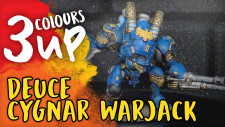

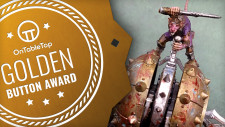


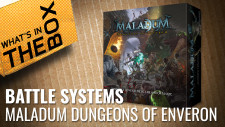





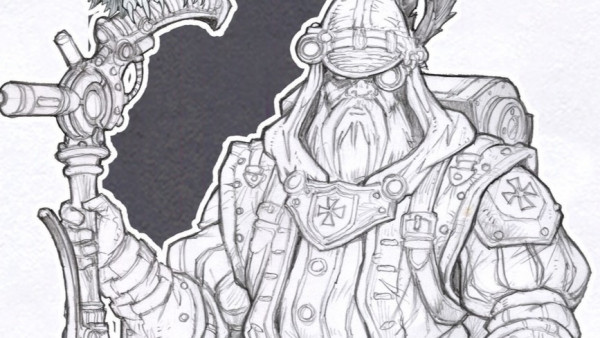
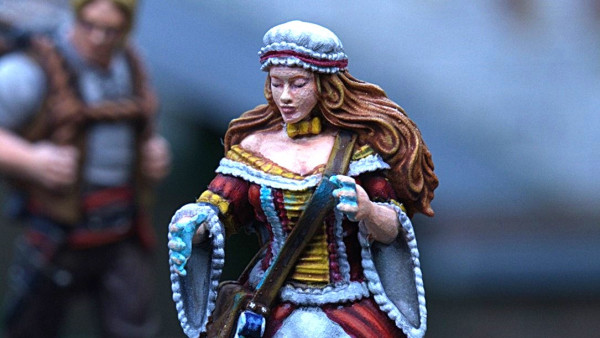
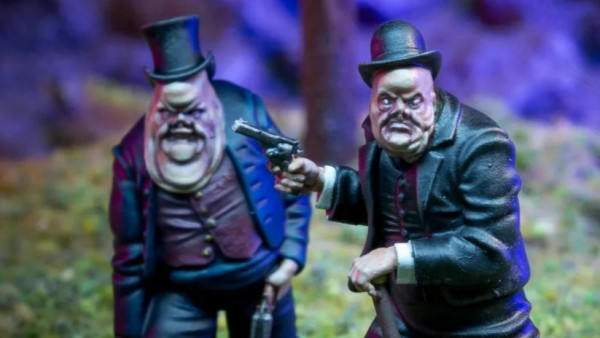

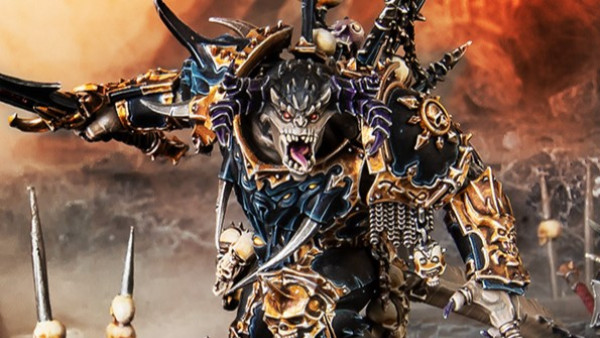
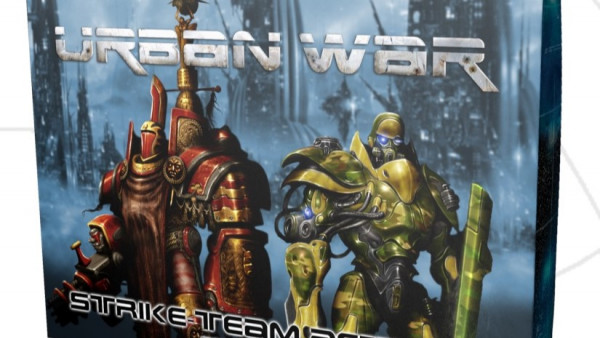
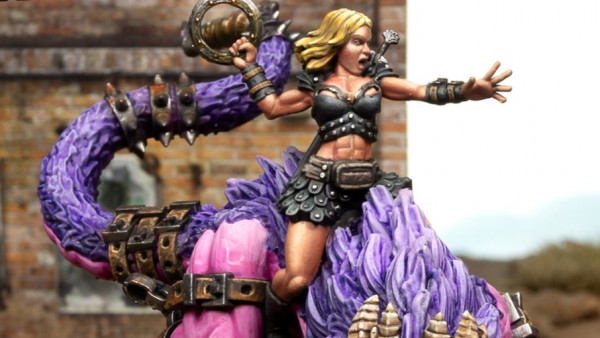
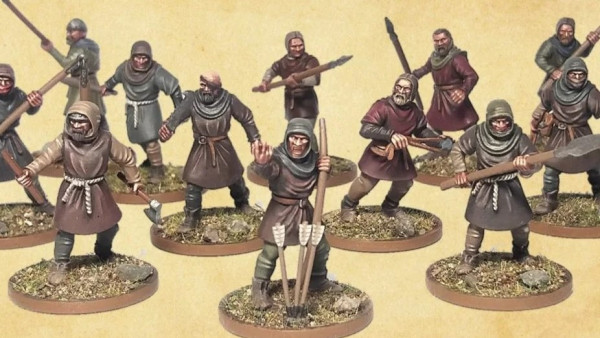


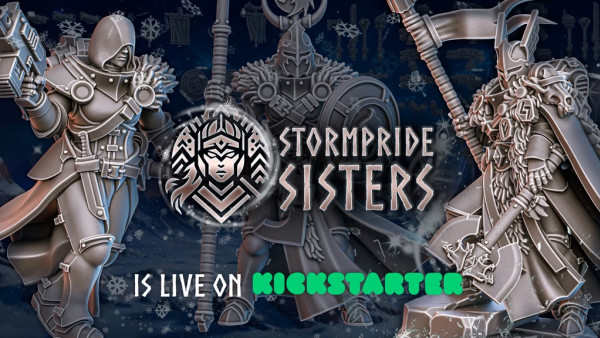

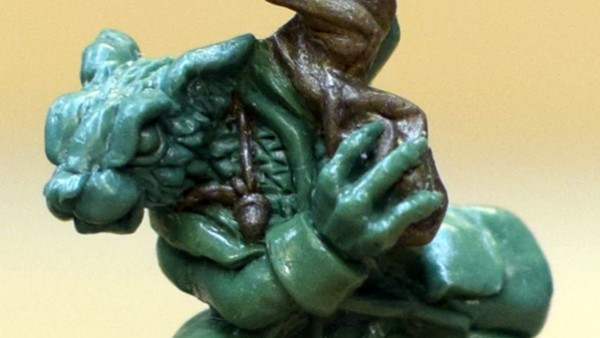

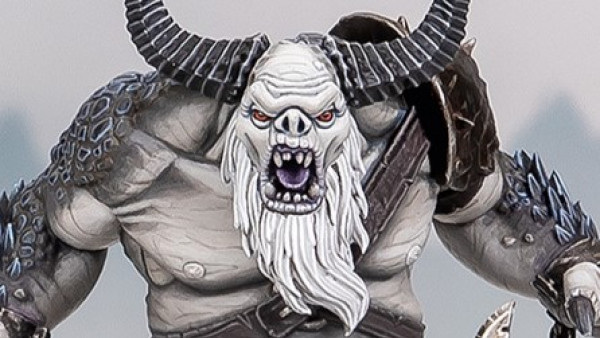
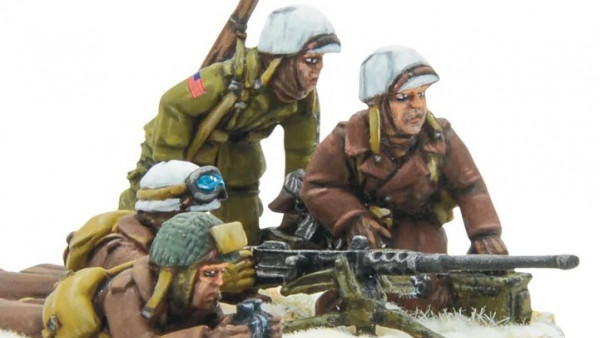
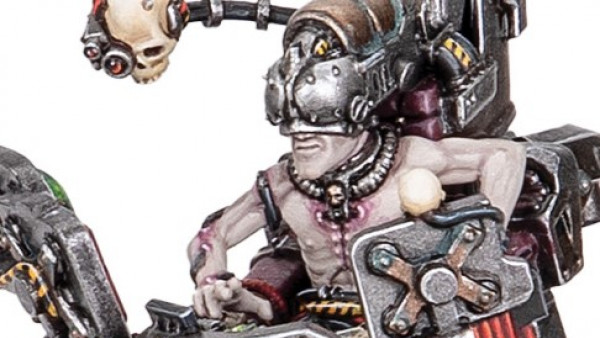


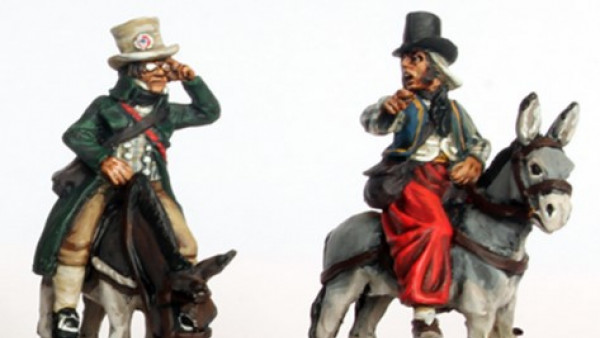
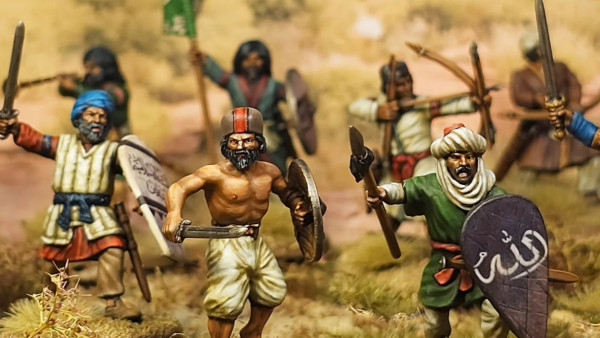
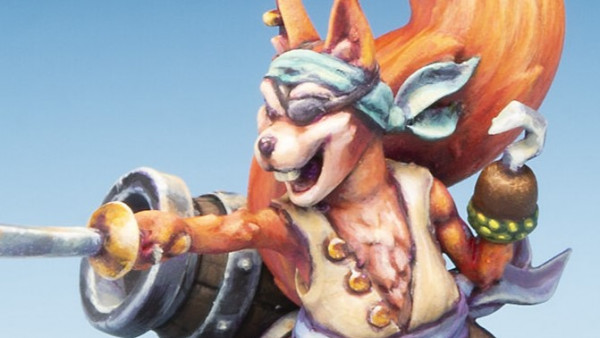
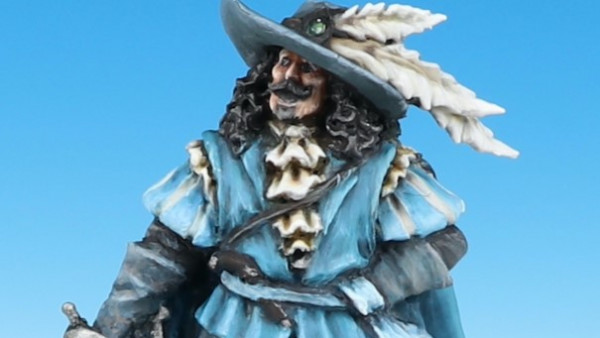
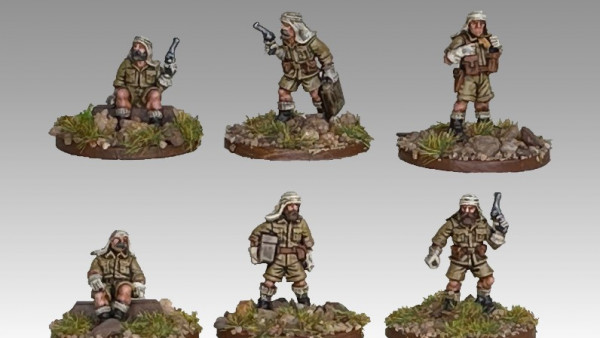
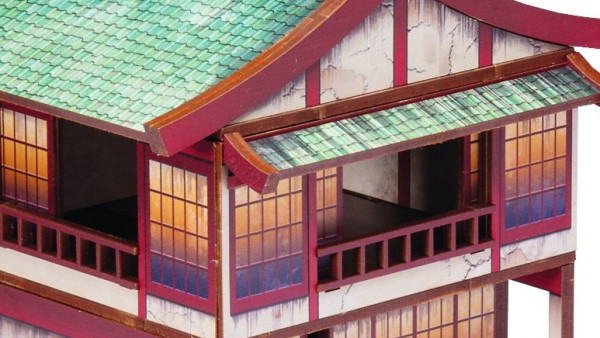


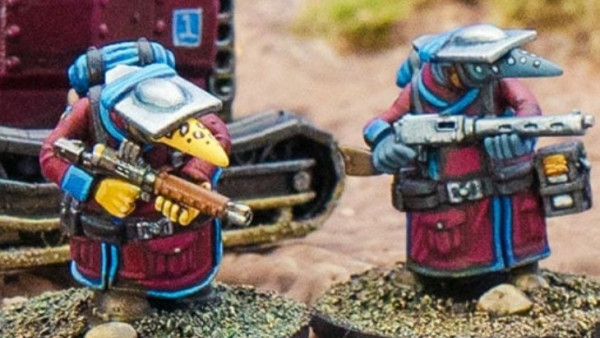
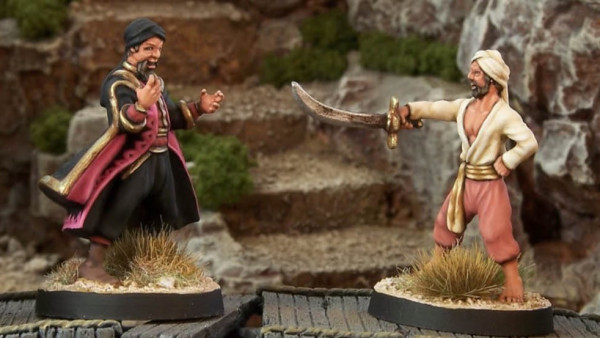



Leave a Reply